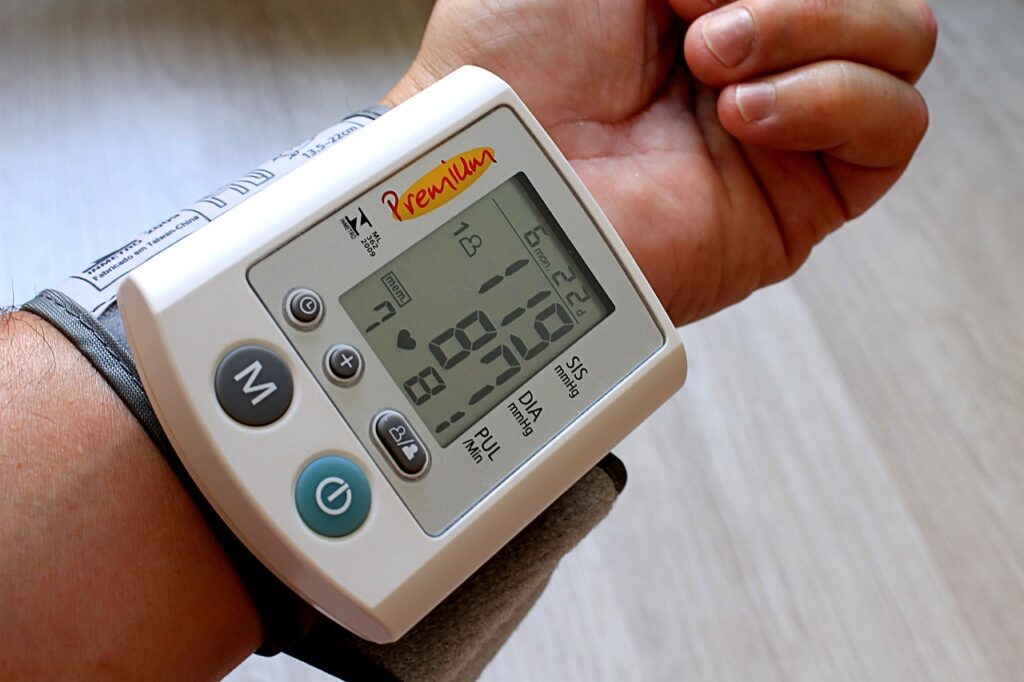
Understanding Blood Pressure Guidelines: Which Approach is Best for You?
| Aspect | Cochrane Reports | WHO Guidelines | ACP/AAFP Guidelines | Implications in Layman Terms |
| Target BP for Treatment | Standard target: <140/90 mmHg. Evidence doesn’t strongly support lower targets (<130/80 mmHg). | General target: <140/90 mmHg, with lower targets for individuals at high cardiovascular risk. | For adults ≥60 years: Target <150 mmHg; consider <140 mmHg for stroke history or high cardiovascular risk. | Cochrane avoids overtreatment, WHO focuses on flexibility for high-risk groups, ACP prioritizes age-specific targets to avoid overtreatment in older adults. |
Takeaway: The target for treating high blood pressure varies. Cochrane advises caution to avoid unnecessary treatment, while WHO sets a standard target for most adults. The ACP, however, allows for higher thresholds in older adults, focusing on their specific needs.
When Should You Start Treatment?
| Aspect | Cochrane Reports | WHO Guidelines | ACP/AAFP Guidelines | Implications in Layman Terms |
| When to Start Treatment | Focuses on evidence-based thresholds and avoids medication if BP is mildly elevated without risk factors. | Recommends treatment at BP ≥140/90 mmHg; earlier for those with cardiovascular risk. | Start treatment if systolic BP ≥150 mmHg for adults ≥60 years. Consider starting at ≥140 mmHg for stroke or high-risk patients. | Cochrane suggests careful monitoring first, WHO is proactive for most adults, ACP is cautious with older adults to minimize risks. |
Takeaway: WHO encourages earlier intervention for most people, while Cochrane emphasizes observation and lifestyle changes first. The ACP’s higher treatment threshold for older adults reflects a more conservative approach to avoid overtreatment.
Personalized Care: How Guidelines Adapt to You
| Aspect | Cochrane Reports | WHO Guidelines | ACP/AAFP Guidelines | Implications in Layman Terms |
| Individualized Approach | Advocates for personalized treatment based on evidence from trials, particularly for those with CVD. | Tailors treatment to individual risk factors and settings, balancing global needs and evidence. | Strongly focuses on individual preferences and risk assessment, especially for older adults. | Cochrane and ACP both emphasize personalization; WHO balances individual and population needs. |
Takeaway: While all three organizations agree on the importance of individualized care, Cochrane and ACP emphasize it more strongly. WHO balances individual care with global health needs, ensuring recommendations are broadly applicable.
The Role of Lifestyle Changes
| Aspect | Cochrane Reports | WHO Guidelines | ACP/AAFP Guidelines | Implications in Layman Terms |
| Lifestyle Changes | Strong emphasis on non-pharmacological interventions before initiating medication. | Supports lifestyle changes but integrates medication sooner for high-risk patients. | Emphasizes lifestyle changes but starts medication at higher thresholds for older adults. | Cochrane and ACP highlight lifestyle first, WHO integrates medication sooner for prevention. |
Takeaway: All three organizations agree on the importance of lifestyle changes like healthy eating, exercise, and stress management. Cochrane and ACP encourage trying these changes first, while WHO includes medication earlier for those at higher risk.
Why Do These Guidelines Differ?
The differences in these guidelines stem from their unique priorities:
- Cochrane Reports focus on evidence-based medicine and avoid overtreatment. They recommend starting medication only when there is strong evidence of benefit.
- WHO Guidelines address global health needs and aim to reduce the overall burden of hypertension, advocating earlier intervention in high-risk populations.
- ACP/AAFP Guidelines prioritize older adults, aiming to balance treatment benefits with potential risks of side effects in this age group.
What Does This Mean for You?
If your blood pressure is consistently high, consult your doctor to determine the best approach for your unique circumstances. Here are some key considerations:
- Mild Hypertension (140/90 mmHg): Cochrane suggests monitoring and lifestyle changes first. WHO might recommend medication if you have other risk factors, while ACP may wait if you’re over 60.
- Older Adults (≥60 years): The ACP’s higher treatment threshold might reduce unnecessary side effects, making their guidelines particularly relevant for this group.
- High Cardiovascular Risk: WHO’s flexibility allows for lower BP targets, which might benefit you if you’ve had a stroke or heart disease.
Final Thoughts
Managing hypertension is not one-size-fits-all. While Cochrane, WHO, and ACP/AAFP provide excellent guidance, your health, age, and risk factors should guide your treatment decisions. Start with lifestyle changes, consult your doctor, and choose a plan that’s right for you.